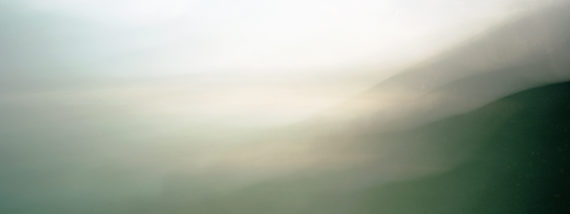I went to London for a week to attend a Digital Textile Printing short course at the London College of Fashion.
After an introduction and discussion about textiles, pattern, fashion and interiors, we were given a couple of tasks to work on for the remainder of the day. The first task was to create a mood board and then use this to create a colour palette of 8 colours.
For my mood board I took inspiration from a project proposal written recently that was built around a Japanese term ‘ten-chi-jin’, meaning ‘heaven-earth-human’. I used a combination of my own images from a project where I have been working with black and white photographic prints and gold leaf, and images of exhibitions I have been to recently and a few images found online. I felt really inspired by the Dreamers Awake exhibition of female artists with surrealist influences that I visited at the Whitechapel Bermondsey a couple of days prior to starting the course.
From the mood board, I decided to select just 3 main colours to represent the heaven, earth and human elements. I then used lighter tones of these three colours to create a palette of 8 colours in total. For heaven I selected the colour i felt closest to gold (as it can not be metallic), inspired by my recent work with gold leaf. It was also close in colour to some of the naturally dyed silks I had made. For the earth I want to refer to natural drawing materials of charcoal and graphite. For the human element I selected red with the lighter tones suggesting a fleshiness. Red relates to blood and is also the colour associated with the root chakra which is a grounding force. The red and paler tones felt bodily and feminine.
This exercise was a really great way to condense my ideas into a visual format. I was very surprised by the colours I ended up choosing. Recently, the majority of my work has been monochrome. Red is not a colour I would normally be drawn to aesthetically, in my work or in more general terms. It was really interesting to see how approaching this mini project in a different way, resulted in making choices that I don’t believe that I would have arrived at otherwise.
…
Before the course, I had scanned some sketches and prints to use, along with a selection of photographs I wanted to work with. During the week of the course I was staying in Holland Park which has a lovely Japanese style garden. I made several visits to the Japanese garden to sit, watch, sketch and make photographs to use during the course. A few years back, I spent 18 months living in Japan and often refer to Japanese aesthetics and philosophy within my work.
Over the next couple of days we were taught various techniques in Photoshop to create repeat print patterns. I worked out that I had been using Photoshop for over 15 years(!) so it was really refreshing to discover some new techniques. Here are some of the patterns I created:
Our final task of the week was to create a design for a 69x69cm scarf which would be printed on Crepe de Chine silk. I used a combination of the photographs, sketches and repeat patterns that I had made. Here is my final design alongside a detail of the repeat pattern I created using a simple line sketch of my hand:
On the final day, we met at the printers to learn about the printing and finishing process. It was really interesting to get a clear understanding of the full process and to see the the printing in action. Along with the scarf I also got some extra photographs printed onto silk so that I could play with the materials more back in the studio.
I felt that it was a really good move to undertake a course structured for fashion. One the the greatest benefits was that the approach was so different to my normal working process. Undertaking a new strategy enable me to work outside of my comfort zone, particularly visible in the use of colour. I have been working in predominantly monochromatic for the past couple of years. Recently I have been thinking about colour experience more due to undertaking yoga training, working on the chakras and auras, yet this course was a real push to go ahead and work more with colours I would normally not think to use. It was interesting that even when starting with a fashion-based brief, I still came out with a piece that sits in with my work conceptually and doesn’t feel removed from my practice. It will definitely impact the way I approach ideas in the future.









